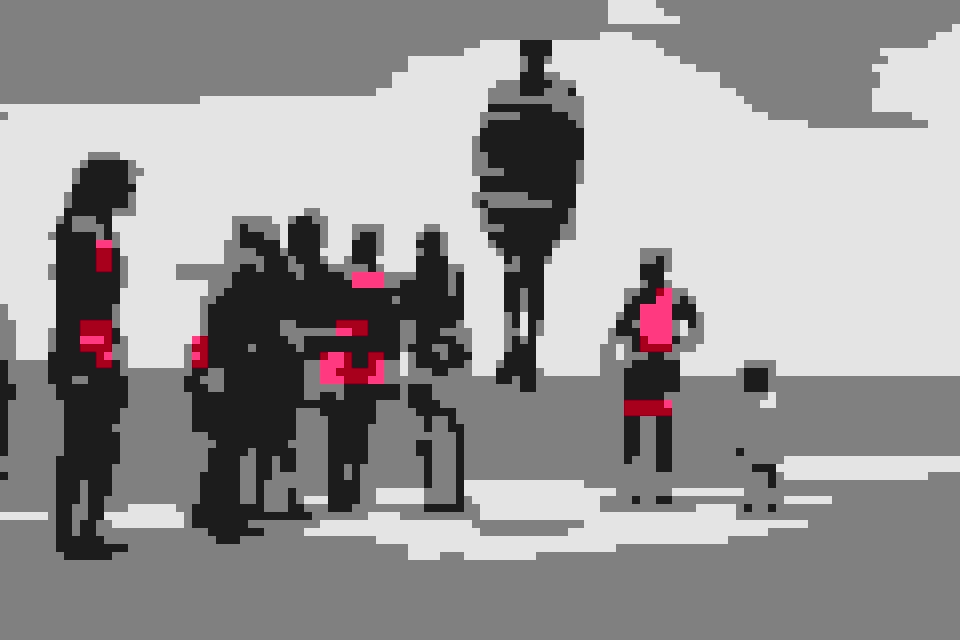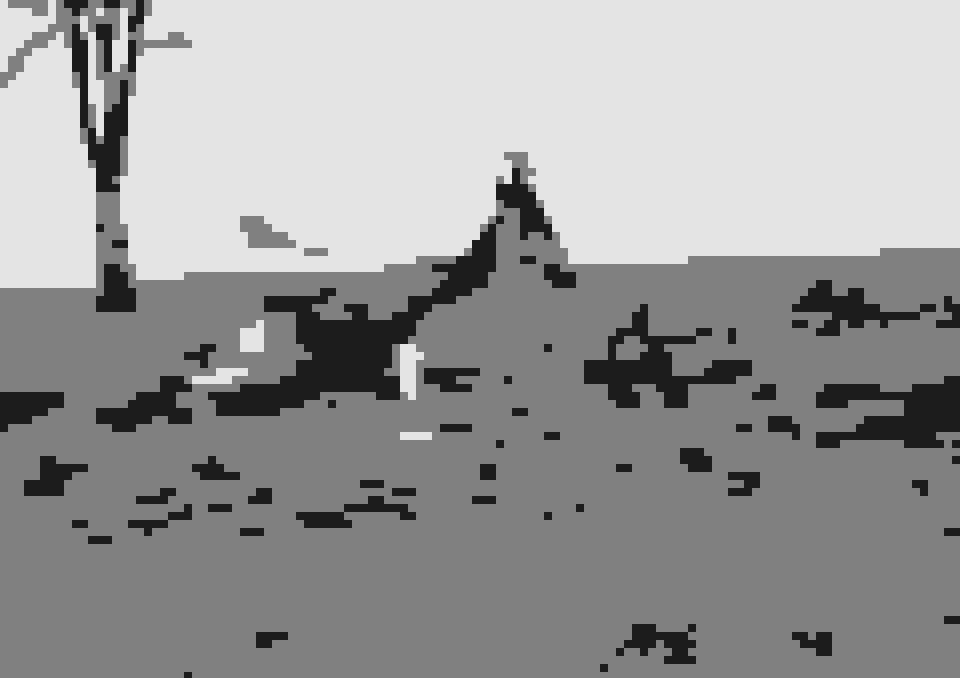

Optimal Seasons for Safari & Beach Exploration.
Planning your African bush and beach holiday? The best time to visit Kenya depends on your preferences and priorities. Kenya's climate offers year-round opportunities, ensuring comfort during daytime activities and providing different experiences based on the seasons.
The Long Dry Season (July to October)
July to October marks the longest dry season in Kenya, offering cooler temperatures for the first few months. This period is optimal for wildlife viewing, with higher animal densities and diversity. The lack of rain means less vegetation in the interiors, attracting herbivores to open plains. Predators follow, creating an excellent safari experience. While it's the most expensive time to travel, it aligns with the summer school break, making it a popular choice.
Short Rainy Season (November and December)
The short rainy season brings increased vegetation, dispersing animals across the wilderness. Wildlife may take more tracking time to observe, and water availability affects their congregation. Visitor levels slightly decline during this season, except for Christmas and New Year's. Accommodation prices decrease, and road conditions remain favorable.
Short Hot-Dry Season (January and February)
This season attracts visitors escaping cold winters in Europe and the United States. The short, dry season provides easier wildlife viewing and ground travel. While it has lower visitor levels compared to the long dry season, costs show minimal benefits.
Long Rainy Season (April to June)
April to June is the long rainy season, impacting road conditions. Despite challenges, this period showcases Kenya's enchanting flora. Abundant vegetation and water sources disperse herbivores, making predators challenging to track. The magic of this season lies in witnessing the calving season of some mammals, offering a unique wildlife experience. The long rainy season is the most economical time to travel, with slight increases during Easter.
Unique Wildlife Events
Certain wildlife events, like the Great Migration in the Masai Mara from late July to October and flamingo gatherings in Lake Nakuru and Lake Bogoria, occur during specific times. Understanding these events helps plan your safari for an unforgettable experience.
Coastal Exploration (January, February, July and October)
Kenya's coastal areas, including Mombasa North and South Coast Beaches, Lamu, Malindi, Watamu, Kilifi, Funzi, and Chale, offer a paradise for marine enthusiasts. From late June to December, humpback whales may be spotted, and August to October is ideal for yellowfin tuna. Marlins arrive in December and stay until March, attracting anglers and divers.
Conclusion
The choice of the best time to visit Kenya depends on your preferences, from optimal wildlife viewing during the dry season to unique events and coastal exploration. Your AfricanMecca travel planner can provide more personalized insights based on your specific interests.
Q&A Section
Q1: What is the best time for wildlife viewing in Kenya?
A1: The longest dry season, from July to October, offers optimal conditions for wildlife viewing, with higher densities and diversity.
Q2: When is the most economical time to travel to Kenya?
A2: The long rainy season, from April to June, is the cheapest period to travel, with slight increases during Easter.
Q3: What unique wildlife events can I witness in Kenya?
A3: The Great Migration in the Masai Mara (late July to October) and flamingo gatherings in Lake Nakuru and Lake Bogoria are notable events.





